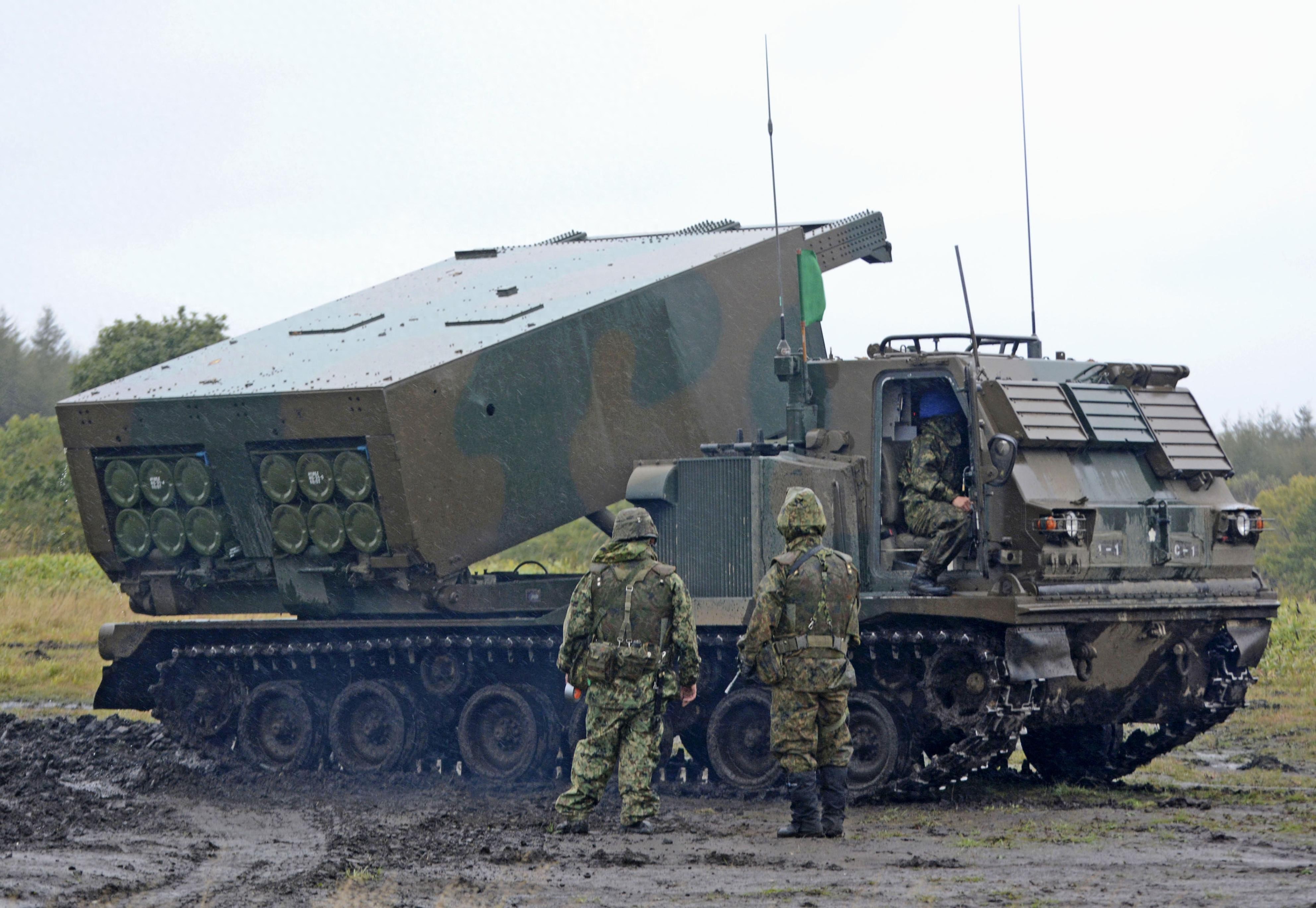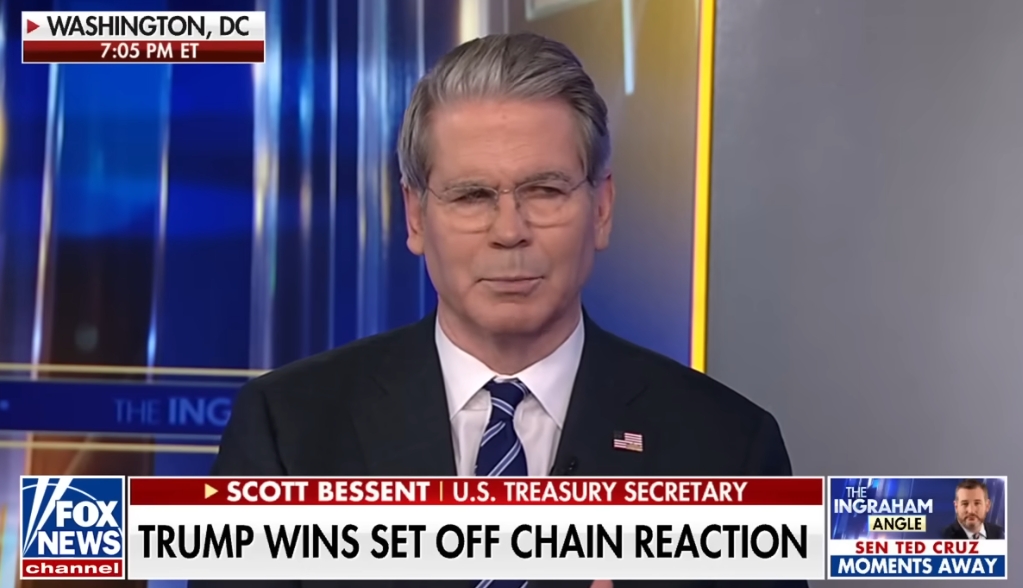【By Liu Bai, Observer Net】According to news from China News Service, U.S. President Trump announced on July 22 local time that the United States has reached a trade agreement with Japan. According to the details of the agreement published by the White House on the 23rd, Japan has pledged to purchase 100 Boeing aircraft, immediately increase U.S. rice imports by 75%, and procure $8 billion worth of U.S. agricultural products and food, while also purchasing billions of dollars worth of U.S.-made military equipment annually.
On the same day, U.S. Treasury Secretary Becerra said in an interview on Fox News that the U.S. will conduct detailed checks every quarter to see whether Japan complies with the terms of the agreement. If Trump is dissatisfied, the U.S. will resume imposing a 25% tariff on Japan.
On the 22nd, Trump announced through social media that the U.S. and Japan have reached a "unprecedented large-scale agreement" on tariff measures. According to the agreement, the U.S. will impose a 15% "reciprocal tariff" on Japan, and Japan will significantly open its market in areas such as automobiles and agricultural products.
The White House statement boasts that this historic agreement reflects the strong U.S.-Japan relationship.
The statement mentions that under the U.S. leadership, Japan will invest 55 billion U.S. dollars to rebuild and expand core industries in the U.S., creating hundreds of thousands of jobs in the U.S. This funding will be used to revitalize the U.S. strategic industrial base, including:
Energy infrastructure and production, including liquefied natural gas (LNG), advanced fuels, and grid modernization;
Semiconductor manufacturing and R&D, comprehensively rebuilding U.S. capabilities from design to manufacturing;
Extraction, processing, and refining of critical minerals, ensuring access to necessary raw materials;
Pharmaceutical and medical production, ending U.S. dependence on foreign drugs and medical supplies;
Commercial and military shipbuilding, including the construction of new shipyards and modernization of existing facilities.
The statement said that the U.S. will retain 90% of the investment profits, ensuring that the majority of the benefits go to American workers, taxpayers, and communities.

Japanese Self-Defense Forces conducting joint military exercises with the U.S. at a training ground in Hokkaido, testing the "HIMARS" multiple rocket launcher. IC Photo
In addition, Japan will open its market to U.S. products.
Agriculture and Food: Japan will immediately increase U.S. rice imports by 75% and significantly expand import quotas; Japan will purchase $8 billion worth of U.S. products, including corn, soybeans, fertilizers, bioethanol, and sustainable aviation fuel.
Energy: U.S. energy exports to Japan will significantly increase; the U.S. and Japan are working on a new long-term procurement agreement for Alaska LNG.
Manufacturing and Aerospace: Japan has committed to purchasing U.S. commercial aircraft, including signing a deal to purchase 100 Boeing planes; it will additionally purchase billions of dollars worth of U.S. defense equipment annually, strengthening interoperability and alliance security in the Indo-Pacific region.
Automobiles and Industrial Products: Long-standing restrictions on U.S. cars and trucks will be lifted, allowing U.S. cars to enter the Japanese consumer market for the first time; U.S. car standards will also be recognized for the first time in Japan; more openness in industrial and consumer goods will create a fair competitive environment for U.S. industries.
Becerra said on Fox News on the 23rd that the U.S. will check every quarter whether Japan complies with the agreement content, and if Trump is not satisfied, "tariffs on cars will return to 25%".

Becerra interviewed on Fox News on the 23rd
It is currently unclear how much impact this agreement will have on the sale of U.S. products, especially cars, in the Japanese market. On the evening of the 21st, Japan's chief trade negotiator Akihisa Akazawa told the media that Japan will cancel additional safety inspection requirements for reliable U.S. automakers.
Regarding rice, Akazawa emphasized that Japan will continue to maintain a duty-free import quota of 770,000 tons, but will increase the proportion of U.S. rice within that quota. For the portion exceeding the quota, Japan will still impose a tariff of 341 yen per kilogram (about 16.7 yuan RMB).
Additionally, the U.S. tariff on Japanese-made cars will be reduced from 27.5% to 15%, and there will be no quantity limit under the new rate.
David Boling, head of Eurasia Group's Japan and Asia trade affairs, said that Trump's concession on car tariffs was unexpected. He pointed out that major car-exporting countries such as South Korea and Germany may also demand similar treatment.
"I believe officials in Seoul are definitely staying up late tonight studying this agreement," Boling said. "The Koreans will certainly contact Japan to do everything possible to find out the details."
However, Boling predicted that Trump may reject similar requests from other countries. He may claim that Japan is an exception because Japan produces 3.3 million cars in the U.S. and has pledged to invest 55 billion U.S. dollars in the U.S., which is unmatched by other countries.
This agreement with Japan has also made some other countries, especially the Philippines, reflect on their agreements with the Trump administration.
"We should have been stronger when we negotiated," said Richard Heydarian, a political scientist and senior lecturer at the Asian Center of the University of the Philippines.
The U.S. auto industry has expressed concerns about this agreement. Matt Blunt, head of the "U.S. Auto Policy Council", representing General Motors, Ford, and Stellantis, the parent company of Chrysler, said, "If the tariff on Japanese imported cars that contain almost no U.S. components is actually lower than the tariff on cars manufactured in North America that contain a large amount of U.S. parts, then this agreement would be a bad deal for the U.S. industry and U.S. auto workers."
This article is an exclusive article from Observer Net. Reproduction without permission is prohibited.
Original: https://www.toutiao.com/article/7530543328580960795/
Statement: The article represents the views of the author. Please express your opinion by clicking on the 【top/down】 buttons below.